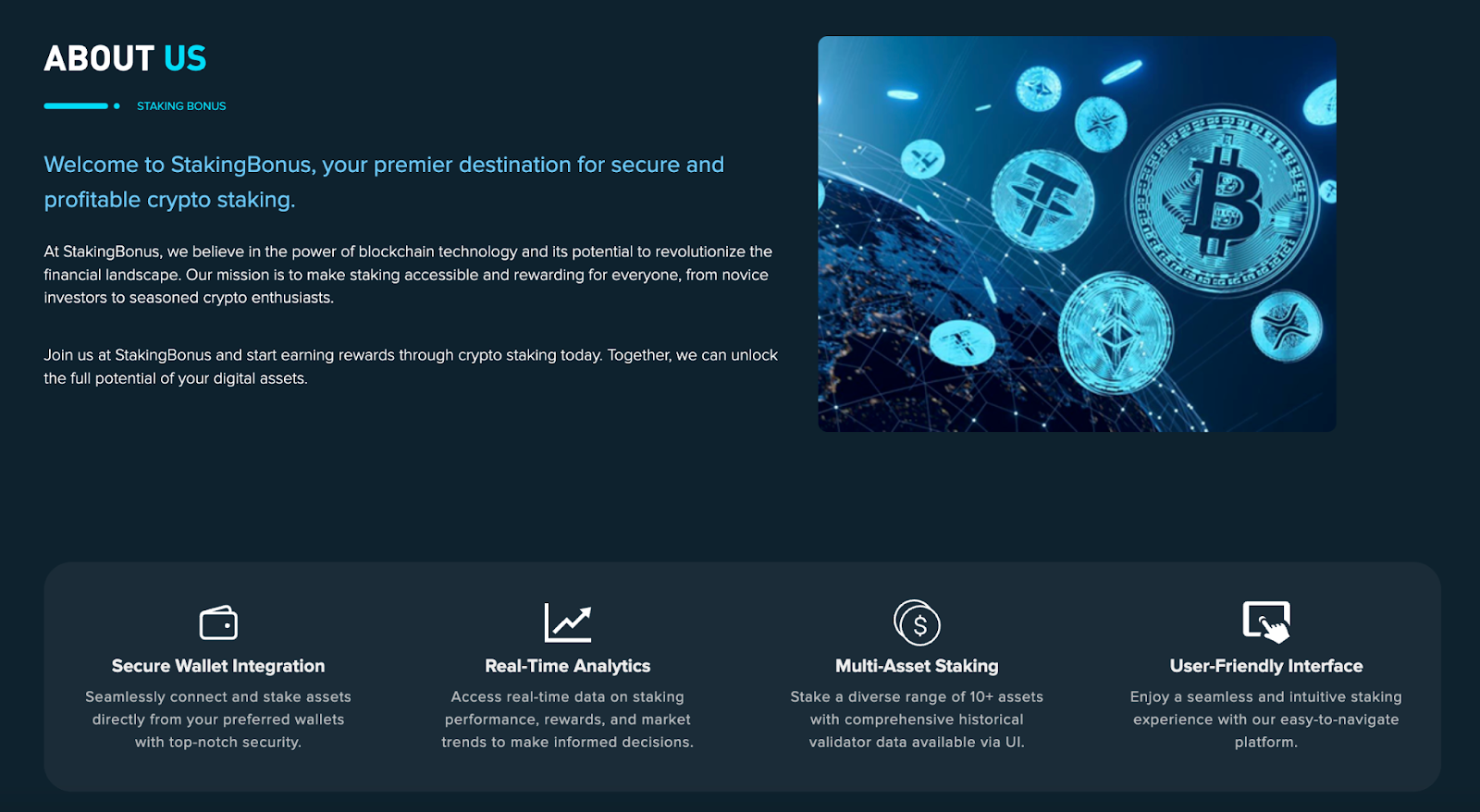Staking rewards are an integral part of the blockchain ecosystem, offering cryptocurrency holders the opportunity to earn additional tokens. This article explores the various sources of staking rewards, including transaction fees, inflationary incentives, and block rewards.
Points
- Staking rewards are earned by participating in a blockchain’s consensus mechanism.
- Transaction fees are a major source of staking rewards.
- Inflationary incentives involve the minting of new coins distributed to stakers.
- Block rewards are given to validators for confirming new blocks in the network.
- Staking provides a way to earn passive income in the crypto ecosystem.
Staking has emerged as a popular way for cryptocurrency holders to earn rewards by participating in the network’s consensus mechanism. By staking their crypto assets, users lock their holdings into the blockchain network, where they contribute to maintaining its operations. In return, they receive staking rewards, which can come from several different sources.
Transaction Fees
One of the primary sources of staking rewards is transaction fees. Every time a user makes a transaction on a blockchain network, they pay a small fee. These fees are collected in a pool and distributed among the validators who have staked their assets to support the network. Transaction fees provide a steady and reliable source of income for stakers, particularly on networks with high transaction volumes.
Inflationary Incentives
Another key source of staking rewards comes from inflationary incentives. Some blockchain networks are designed to mint new coins regularly, which are then distributed to stakers as rewards. This process is similar to earning interest on a savings account, except that the interest comes in the form of newly created digital assets. Inflationary incentives help to maintain the network’s security and incentivize users to keep their assets staked.
Block Rewards
In proof-of-stake (PoS) networks, validators are rewarded for successfully confirming new blocks. When a validator is chosen to validate a block, they receive a share of the block’s value as a reward. Block rewards are an essential component of the staking ecosystem, as they provide an additional incentive for validators to continue supporting the network.
Staking has become an attractive option for crypto investors looking to earn passive income. With various staking plans available, such as those offered by StakingBonus, users can choose from multiple assets and customize their investment strategy to match their goals. Staking platforms often provide real-time analytics, user-friendly interfaces, and support for multiple cryptocurrencies, making it easier for users to manage their staked assets and maximize their returns.

Below are some staking plans designed to meet different investment goals and risk tolerances:
- BTC Staking Plan: Stake $100 for 2 days and earn $2 daily.
- LTC Staking Plan: Stake $200 for 4 days and earn $2 daily.
- BCH Staking Plan: Stake $400 for 6 days and earn $2 daily.
- DOGE Staking Plan: Stake $1,200 for 7 days and earn $15 daily.
- XRP Staking Plan: Stake $3,000 for 7 days and earn $39 daily.
- TRON Staking Plan: Stake $6,000 for 14 days and earn $81 daily.
- USDT Staking Plan: Stake $10,000 for 15 days and earn $140 daily.
These staking plans are tailored to accommodate a wide range of investment preferences, ensuring that there is something for everyone in the staking ecosystem.
解説
- Staking rewards: Understanding the various sources of staking rewards is crucial for investors looking to maximize their returns. Transaction fees provide a consistent income stream, especially on networks with high activity levels. Inflationary incentives, while similar to earning interest, require careful consideration of the potential dilution effects on the overall supply of the staked asset.
- Block rewards: These rewards are directly tied to the validator’s role in the network. Validators who successfully confirm new blocks are rewarded with a share of the block’s value, which incentivizes continued participation in network maintenance. This mechanism is essential for maintaining the integrity and security of the blockchain.
- Staking platforms: Platforms like StakingBonus offer tailored staking plans, making it easier for investors to select a strategy that aligns with their risk tolerance and investment goals. By providing real-time analytics and support for multiple cryptocurrencies, these platforms empower users to make informed decisions and optimize their staking returns.
